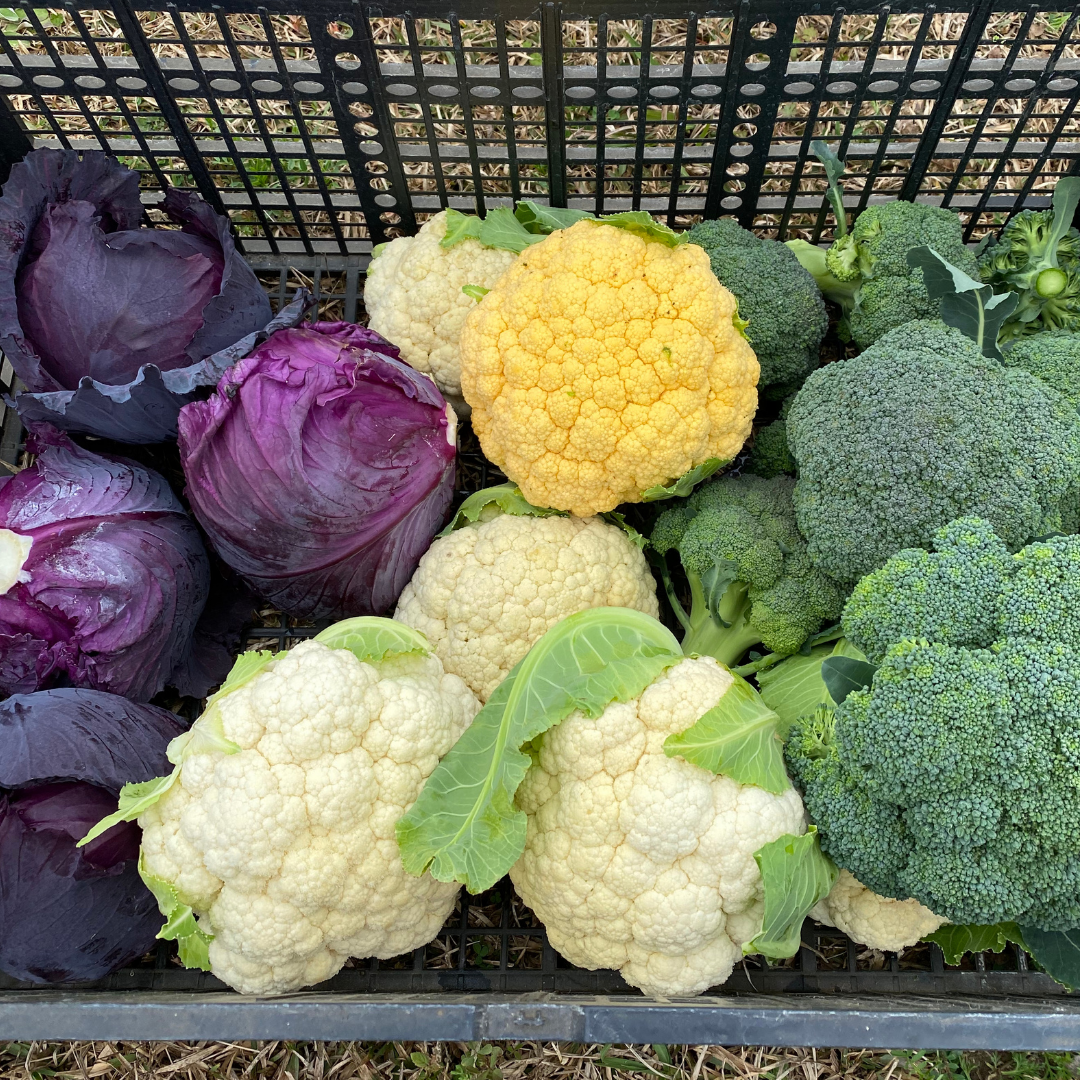One of our goals for the garden(s) this year was to try and use less synthetic fertilizers in our plots. Not that synthetic fertilizers are totally bad, but we wanted to try and feed the soil more as opposed to just feeding the plants. Our experiences with synthetic fertilizers are that they do a great job feeding the plants, but they can also leave the soil fairly lifeless once those plants are gone. Earlier this year we were able to successfully grow corn without synthetic fertilizers for the first time, and we were very encouraged by that.
Using organic fertilizers in the backyard vegetable garden requires a bit more planning and preparation. Organic fertilizers contain compounds that are too large to be absorbed by the plant cells. As such, those organic molecules have to be broken into smaller molecular forms so that they can be absorbed by the plant. The more soil biology you have, the faster this happens. Having warmer soil temps also helps.
Although they're slower to act, organic fertilizers seem to have more "staying power" in the soil. This is because they not only feed the plants, but they feed the soil as they encourage microbial activity while the compounds are being broken into smaller molecules. So we do have to plan ahead when using only organic fertilizers, but our soils should be better in the long term as a result.
We grow a wide variety of crops in our gardens during the fall and winter months. Due to the variety, we need to have a few different fertilization plans depending on the vegetable or crop family. For example, brassicas like cabbage are heavy feeders and will benefit from extra nitrogen. On the other hand, root crops like carrots are not going to benefit from excess nitrogen and will produce better carrots if they're given a more balanced fertilizer. And then you have onions, which are very heavy feeders and require lots of nitrogen once they get growing.

Our Favorite Organic Fertilizers
Before we get into these specific fertilization plans, I'll list the fertilizers we're using, why I like them, and how I use them.
Nature Safe 8-5-5 - This is my go-to preplant fertilizer. I sprinkle this in the planting furrow prior to planting anything. It has a small amount of ammonia-based nitrogen to provide a quick shot, but it also provides a wonderful, slow release of nutrients as the plants grow.
Nature Safe 13-0-0 - This is my nitrogen source for side-dressing. It's an easy-to-use, pelleted formulation like the Nature Safe 8-5-5. It also has some ammonia-based nitrogen for a quick shot, but then releases the rest of it slowly to provide a consistent feeding as the plants grow.
Nature Safe 7-7-7 - This is a water-soluble fertilizer made from corn steep liquor. Although sticky, it dissolves well in water with a little whisking. We use this to feed plants after they're germinated or transplanted. Because it's water soluble, we can inject it through our drip system or through the overhead tripod sprinkler.
Agrothrive General Purpose Fertilizer - This is a liquid fertilizer made with fish emulsion and corn steep liquor. It's very "biologically-active," meaning it works faster than traditional fish emulsion fertilizers and works well in cooler soil temps. We'll inject this through our drip system or tripod sprinkler. Use the code "lazydogfarm" at checkout to receive a 10% discount on your order.

Our Fall/Winter Fertilization Plans
Now that we've covered what we're using, let's talk about our four different fertilization programs for the fall/winter garden.
Plan #1: Fast-Growing Greens
Although lettuce is not typically considered a "green," this plan would include mustard, pak choi, lettuce, and other fast-maturing greens that are usually ready to harvest in just a couple months.
1) Apply Nature Safe 8-5-5 in the planting furrow prior to planting. Most all my rows are 30-40' long, so I use a 2 quart pitcher and sprinkle the entire pitcher along each row. You really can't overdo it with this stuff, but I've found that a "pitcher-full" is sufficient. You can easily adjust the amount based on your specific row length.
2) That's it! This is usually enough to feed these fast-growing crops without any additional fertilizer.
Plan #2: Heavy-Feeding Brassicas
This would include cabbage, broccoli, cauliflower, Brussels sprouts, collards, and kale.
1) Using the rate listed above, apply Nature Safe 8-5-5 in the planting furrow prior to planting
2) 1-2 weeks after transplanting, apply Agrothrive General Purpose Fertilizer or Nature Safe 7-7-7 by injecting it through the drip system or through the overhead sprinkler. I usually add 3-4 cups of Agrothrive or 2 cups of 7-7-7 in my 1 gallon injector to feed a 1,000 sq. ft. plot.
3) Once plants have germinated or have overcome transplant shock after transplanting (usually in 3-4 weeks), side dress with Nature Safe 13-0-0. Again, I use the simple method of a half-gallon pitcher per 30-40' row.
4) At this point I'll just keep an eye on the plants and see how they respond. If they don't have a nice green color and are not growing very fast, I may apply another round of Agrothrive in a few weeks. But for most soils, the first three steps should be sufficient.

Plan #3: Root Crops
This would include carrots, beets, and parsnips -- vegetables where the desirable portion is under the ground. Because we're wanting to harvest the root portion of the plant with these crops, we want to make sure to give them adequate amounts of phosphorous and potassium.
1) Apply Nature Safe 8-5-5 at planting. Again, a half-gallon pitcher per 30-40' row.
2) 3-4 weeks after germination, side dress with Nature Safe 8-5-5 at the same rate as in step one.
3) 3-4 weeks later, apply Agrothrive General Purpose Fertilizer (3-4 cups per 1,000 sq. ft.) or Nature Safe 7-7-7 (2 cups per 1,000 sq. ft.).
4) Continue feeding once a month until harvest time, either via side-dressing (step two) or liquid fertilizer (step three).
Plan #4: Alliums
This would include onions, leeks, elephant garlic, and standard garlic. All of these crops like a balanced fertilizer initially and then heavy nitrogen as they mature.
1) Apply Nature Safe 8-5-5 in the furrow prior to planting (rate listed above).
2) Feed with Agrothrive or Nature Safe 7-7-7 (rates listed above) 2 weeks after transplanting or seedling emergence.
3) 2 weeks later, feed with Agrothrive or Nature Safe 7-7-7 again.
4) 2 weeks later, feed with Nature Safe 13-0-0 every 3-4 weeks. Stop feeding the onions when they start bulbing -- you'll notice the ground cracking around the plants. Keep feeding the leeks and garlic until harvest time.

As you can see by the plans outlined above, there are slight differences in the fertilization plans depending on the vegetable. While vegetables like cabbage and onions need the extra nitrogen, root crops like carrots need more phosphorous and potassium for proper root development. These plans are intended to provide a basic outline of nutrient needs for each crop. Adjust accordingly based on your soil type and the nutrient content of your soil. And if you're not gardening in the fall or winter months, you should be!

